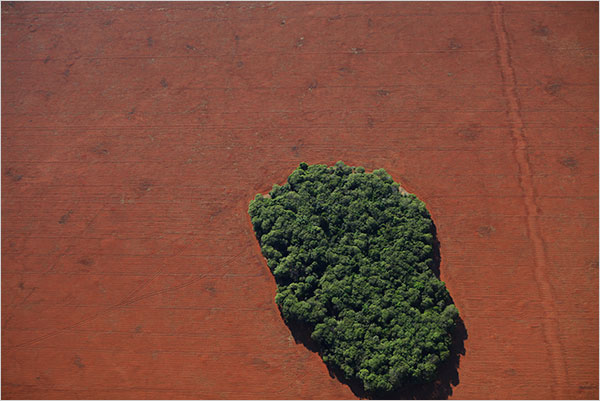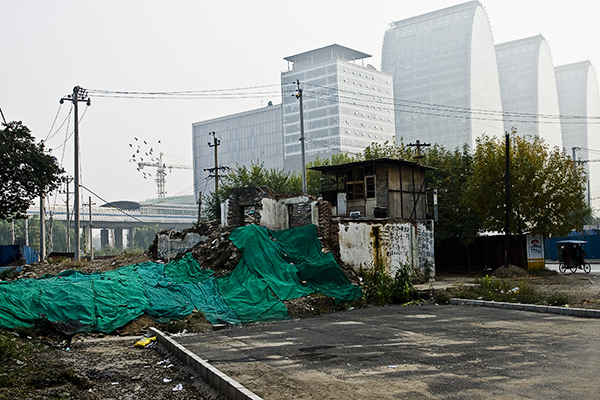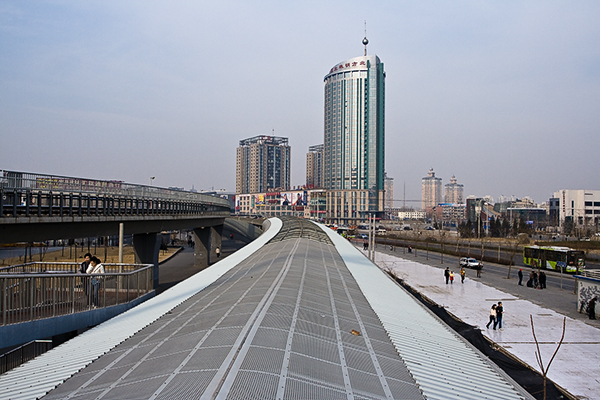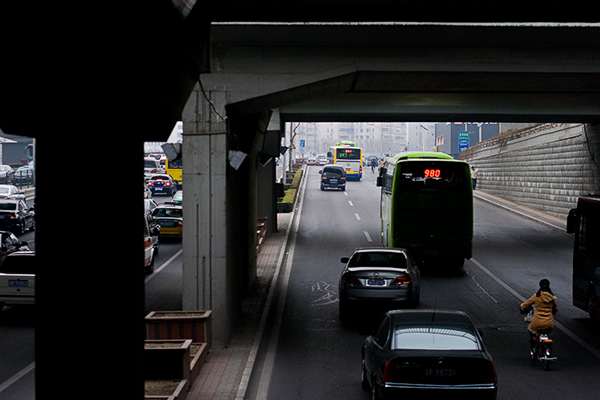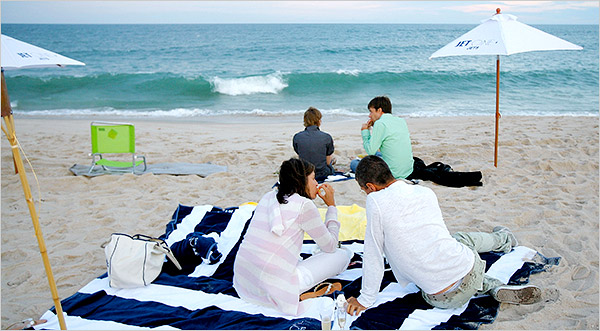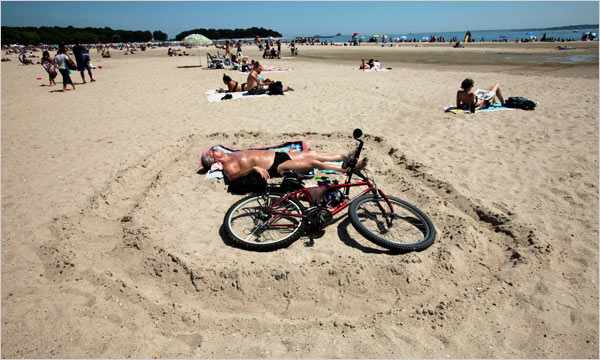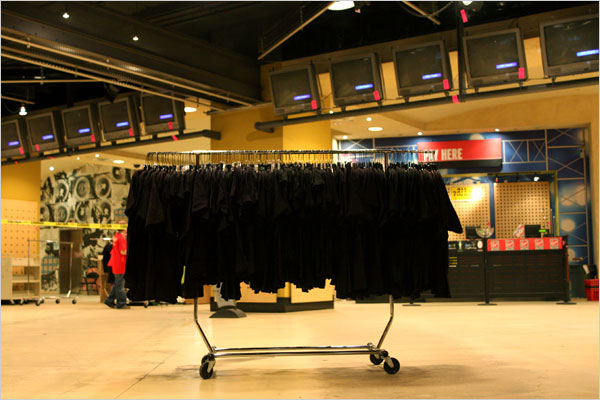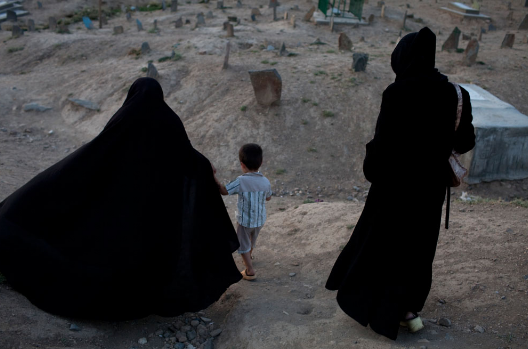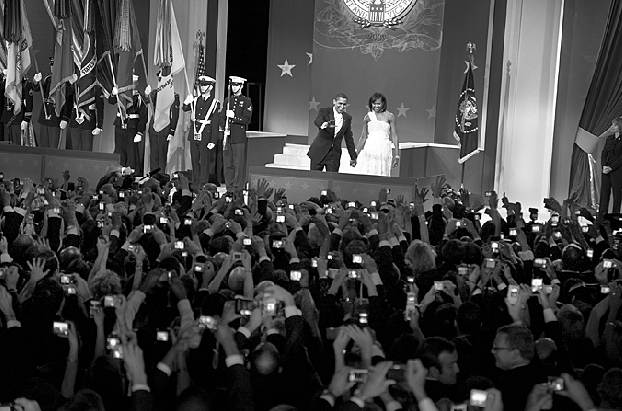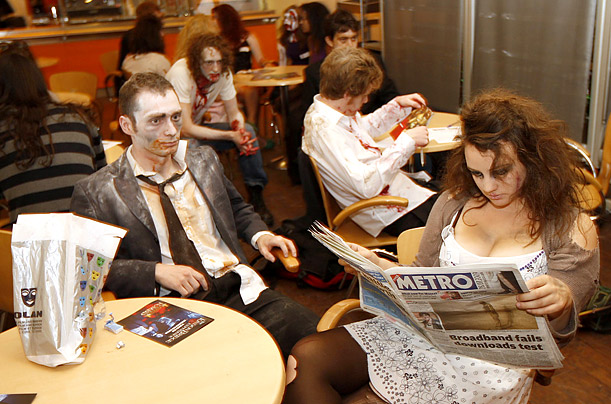Photography (and neither painting nor film) is the nearest artistic source of contemporary conceptions of the natural sublime. And with good reason:
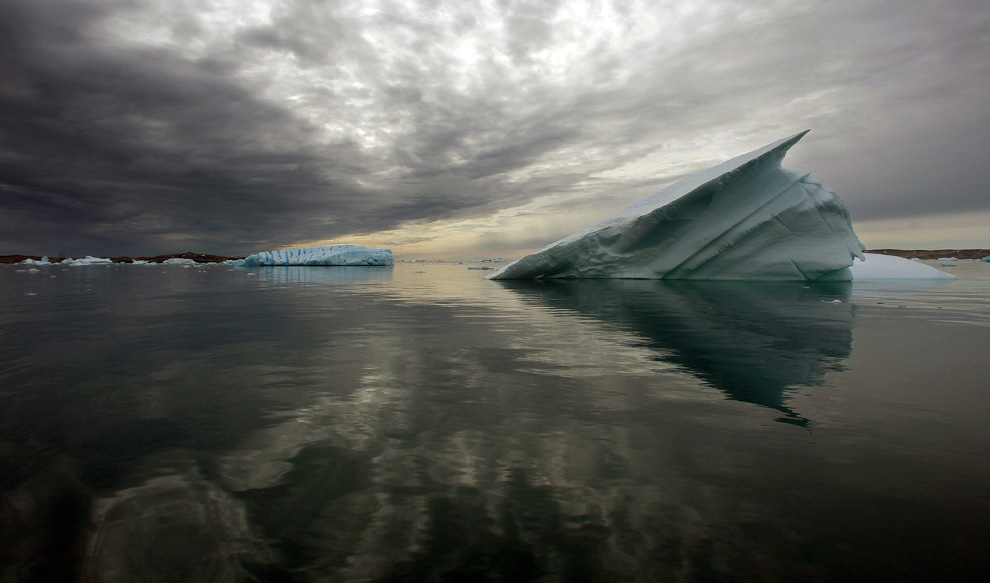
This image just about stops my heart. It is majestic and serene, austere and wild, menacing and yet perfectly balanced. And far more than its informative caption: “Icebergs float in the calm waters of a fjord, south of Tasiilaq in eastern Greenland August 4, 2009.” (To get the full effect of this Arctic vista, see it at The Big Picture.) The broad, encompassing horizontal field seems to expand infinitely, and yet the sharp angle of the berg in the foreground is paralleled by the ominous thunderhead on the left, as if they were two tectonic plates shearing across each other. Between them the light of a fading sun recedes to the vanishing point. Could Valhalla be too far beyond that horizon?
This scene is so elemental–water, air, earth, and fire–that it seems to bring us to the edge of reality itself. And yet we are the supernatural beings here: for we see but are not seen. And we can view the cold, harsh elements at the world’s edge because we stand safely on some unseen platform–most likely, on a boat.

This photograph of the port of Nuuk on July 6, 2009 is in many ways the opposite of sublime. Instead of elemental and awesome, it is crowded, busy, varied, jumbled–even when stilled, supposedly at rest, it is a riot of color and variation. Boats of every size, shape, and purpose are wedged together. Nature’s dangers are still implicit in the scene: the boats huddle together because the barren hills will provide little protection from northern winds whipping down a narrow channel. But this is an image of vitality, of life thriving far beyond moss on a wind-swept rock.
Although no people are visible in this picture, we are everywhere: bustling and creative, but still having to hug the shore. The welter of masts, poles, cranes, and wires makes a mess of the visual field, but those boats are the only basis on which we can even see other images of natural beauty. One problem is that these two visions are kept apart, even though they come from and need to coexist in the same place. There are many factors in this enforced separation: social, political, and economic practices not least among them. We need to consider, however, how the artistic medium itself is part of the problem.
It remains easy to see nature in one place and human activity somewhere else as long as each is sequestered within its own visual field. To have both–in reality, not merely as images–we have to think carefully about how we use our images. Without images of natural splendor, an important incentive for conservation is lost; without sustainable economic and social practices, the natural environment will continue to be ruined while images serve a psychology of denial among those otherwise separated from the leading edge of destruction.
Fortunately, photography also can be a part of the solution. Just as the individual photograph can both inspire (think of the image of the whole Earth floating in space) and mislead (as when nature and culture are placed in separate still images), photography can help lead the way to imagining how to integrate separate visions. Sound ecological design has to include both the sublime and the practical, but not in separate places.
Photographs by Slim Allagui/AFP/Getty Images and Bob Strong/Reuters.
